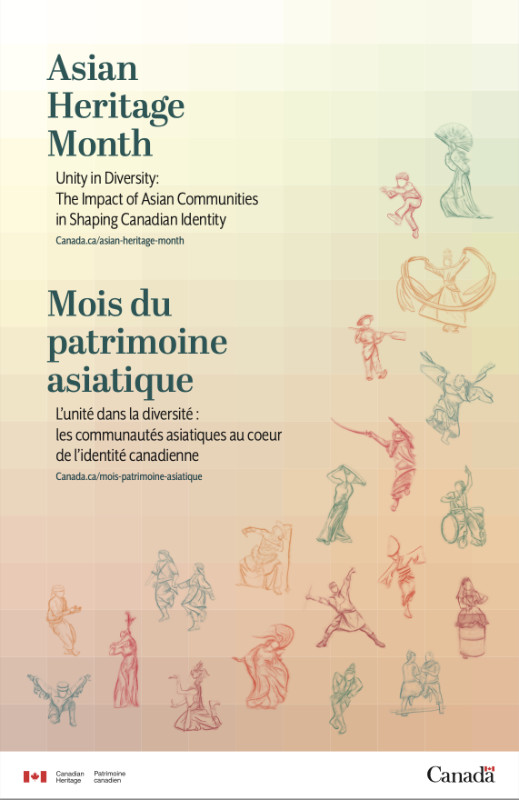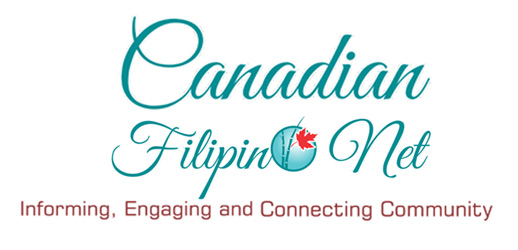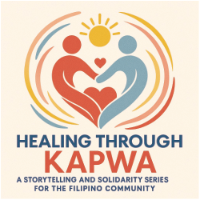May 16, 2025 — Nearly one million people of Filipino heritage call Canada home.
Although they are relatively newcomers to the country, Filipinos have a strong sense of belonging to their adopted country.
May is Asian Heritage Month, and with their rapidly growing numbers, Filipinos represent a major block among people of Asian origins.

With a count of nearly 960,000 (or 957,355 to be exact, based on the 2021 Census), Filipinos make up 2.6 percent of the country’s total population.
Filipinos are the third largest group of Asians, after South Asians and Chinese.
By 2041, according to government projections, Filipinos are anticipated to grow to over two million strong.
As part of the 2025 celebration of Asian Heritage Month, Statistics Canada on May 1 released a report highlighting the significant contributions of Asians to the country’s diversity.
“In 2021, approximately 7 million people in Canada reported an Asian ethnic or cultural origin, either as a single response or in combination with other origins, representing 19.3% of Canada's population,” the agency reported.
In addition: “The 10 most frequently reported Asian origins were: Chinese, Indian, Filipino, Pakistani, Punjabi, Vietnamese, Asian (not otherwise specified), Korean, Lebanese and Iranian.”
Also in 2021, Asian countries accounted for six of the top 10 countries of birth of recent immigrants. These six countries are India, the Philippines, China, Syria, Pakistan, and Iran.
In a previous report, Statistics Canada noted that over three-quarters (76.5 percent) of Filipinos in 2021 were living in three provinces. These provinces are Ontario (355,680 people), Alberta (203,960), and British Columbia (172,915).
In its May 1, 2025 report, the agency noted that metropolitan areas in Canada “distinguish themselves by having a relatively large share of their population reporting a specific Asian origin”.
“For example, Vancouver and Toronto were the CMAs [census metropolitan area] with the highest shares of their population with Chinese origins at 18.2% and 10.9% respectively. Abbotsford-Mission (14.3%) was the CMA with the highest share of its population with Indian origins, followed by Toronto (9.4%) and Vancouver (8.2%).”
As for Filipinos: “Winnipeg (9.9%) and Red Deer (7.6%) had a large share of their population with Filipino origins.’
The federal government has adopted “Unity in Diversity: The Impact of Asian Communities in Shaping Canadian Identity” as the theme for Asian Heritage Month 2025.
“This theme acknowledges the abundance of diversity present among Asian Canadian communities, and how this richness has contributed to building a unifying Canadian identity. The diverse nature of Asian Canadian communities is considered as one of their strengths, just as it is in our Canadian identity,” the government explains online.
In British Columbia, Attorney General and Deputy Premier Niki Sharma issued a statement on May 1, saying that the province is proud to be home to a big Filipino diaspora.
Sharma also expressed sadness that this year’s Asian Heritage Month began in tragedy with the deadly car ramming attack at the Filipino community’s April 26 Lapu-Lapu Day festival. Eleven people died and scores were injured.
“Our sense of grief over this senseless, horrific incident is only made more profound by the fact that Filipinos have given so much to B.C. From law and politics to health care, education and entrepreneurship, Filipinos have been integral in shaping the culture of our province,” Sharma said.
Mary Simon, Governor General of Canada, issued a statement on May 1 extolling Canadians of Asian origin.
Simon noted that Asians have “made invaluable contributions to every facet of society, from coast to coast to coast”.
“Their achievements, resilience and leadership have long been instrumental in creating a more inclusive and dynamic Canada. From science and business to the arts, education and public service, Asian Canadians continue to shape our national identity and strengthen our collective future,” Simon said.


